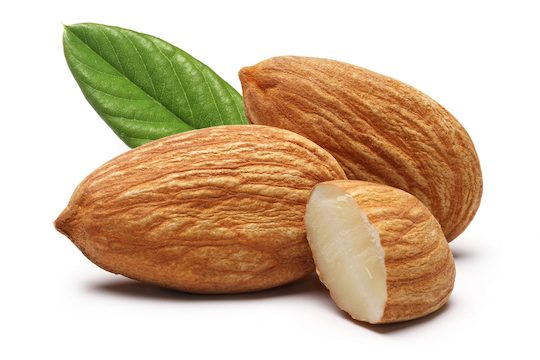This is one of the conclusions made from an international study developed by the staff that makes up Juan Vilar Consultores Estratégicos. This study was requested by various groups of investors.
The almond tree is originally from different mountain regions of Central Asia. It was spread to Persia and Mesopotamia after. Also, thanks to different commercial routes that existed at the time, it arrived in the Mediterranean. In Spain, almond trees were grown 2,000 years ago and were probably introduced here on behalf of the Phoenicians. The trees were almost always planted in coastal areas, and it was the Romans who began to sell and consume this crop.
In the international field, the almond crop represents .12% of all cultivated lands. At the moment, 1,941,468 hectares dedicated to this crop are registered..
In Spain, more than one hundred varieties of almond trees are grown. The most common varieties are: Largueta, Marcona and Comuna. The rest are the result of genetic selection or local or regional spreading. The Comuna variety is a mixture of unspecified hard shell varieties. It accounts for almost 60% of the area cultivated in Spain.
In Spain, almond trees occupy 677,328 has. This makes it the number one country in terms of surface area for almond trees, but not in terms of production, where it only amounts to 5% worldwide.
It is estimated that the yearly world surface area of cultivated almond trees is to grow at a rate of between 20,000 and 30,000 hectares on average, having soared to 60,000 during 2018.
The main producing countries are the United States, Australia and Spain. Followed by Tunisia, Iran, Morocco, Greece and Italy.
The almond, the edible part of the almond fruit, is consumed after being dried. However, it can also be consumed before this, before the shell has been entirely formed. The sweet almond is the seed that is marketed the most, as it is fundamentally consumed by humans, either directly, in different formats or as a dessert condiment. There is a wide use for almonds in the pastry and baking industry. The whole almond is used and also the so-called industrialized ones are as well in the following ways: as coating, as canes, granillo and flour. There are many sweets that can be made from almonds too: marzipan and nougat, cakes, marquises, panellets, ice cream, sugared almonds, pralines, chocolates, etc.
During 2015, almond consumption in Spain amounted to 11.14 million kilos. Of the total, 5.46 million kilos correspond to shell-covered almonds while 5.68 did not have shells.
Spain is the number one importer of almonds, with their main supplier being California. Spain is also the number two exporter of the crop, behind the USA. It mainly exports to the European Union, with the majority of its production heading towards Germany, France and Italy.
Almond production in certain campaigns is unable to supply world demand,thus generating high expectations and lucrative prospects for the crop.

